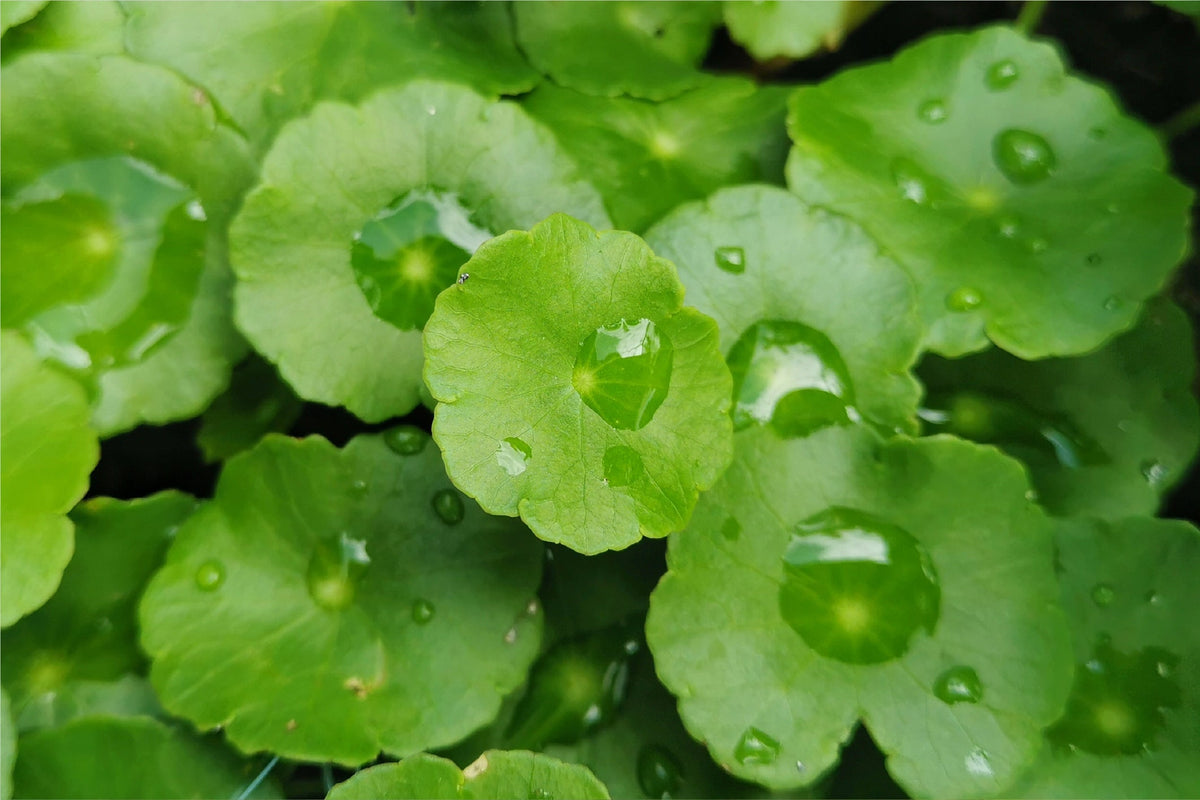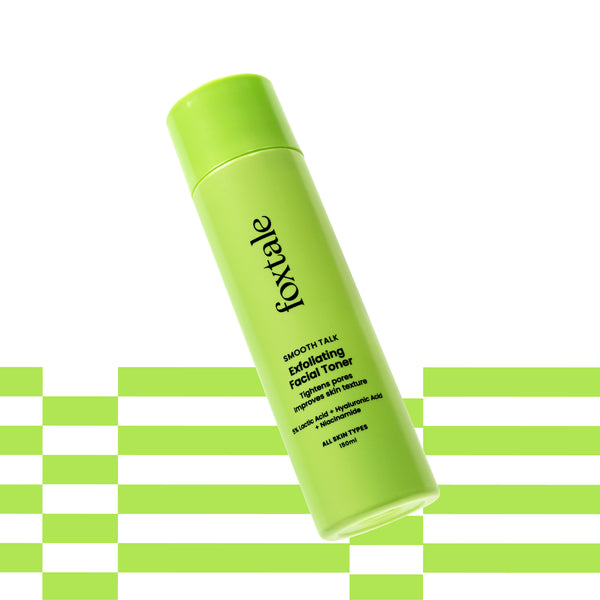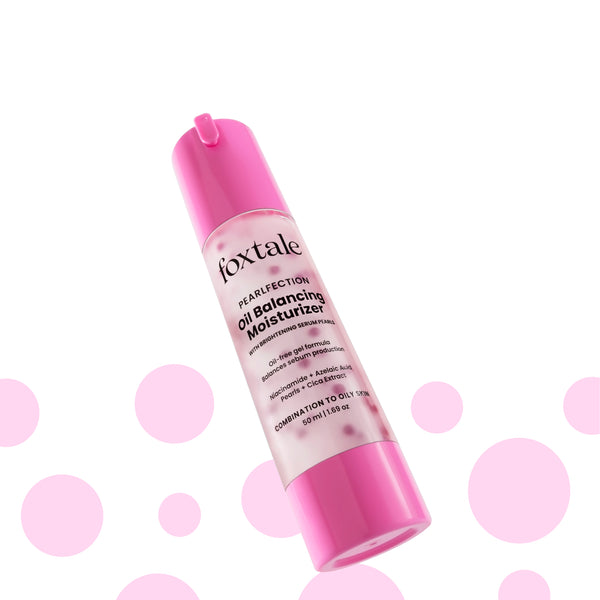
Take a walk through the beauty aisles of any supermarket, and one ingredient is sure to pop up like the skincare superstar it is – Cica. Short for Centella Asiatica, this plant extract found across Asia has leapt from traditional medicine cabinets to K-beauty royalty. But what exactly makes it the breakout star of skincare? Let’s decode the hype.
What Does Cica Do for Skin?
Often dubbed the ‘Fountain of Youth’ – yes, that’s what its Sanskrit name ‘Gotu Kola’ literally means – Cica isn’t just another passing trend; it’s the MVP of modern skincare rituals. And for good reason: it soothes, repairs and delivers that lit-from-within glow. Here’s why skincare lovers can’t get enough of this green goodness.
1. Speeds Up Healing: Its wound-healing abilities work on everything from acne marks to minor cuts by promoting production of collagen.
2. Strengthens Skin Barrier: Helps maintain moisture levels without triggering flare-ups or breakouts.Soothes Irritation: Packed with anti-inflammatory compounds and antioxidants that work together to soothe and calm irritated skin.
Why Cica Is Ideal for Oily Skin?
There’s always the looming fear of ‘doing too much’ when it comes to creating an effective skincare routine for oily skin. One extra layer of product and suddenly you’re dealing with clogged pores, unwanted shine, or breakouts that just won’t quit. That’s where Cica comes into the picture.
Key Skincare Ingredients to Look for in Oily Skin Care Products with Cica
Whether you’re struggling with seasonal oiliness or it’s simply your skin type 365 days of the year, putting together a beauty routine that gives your skin the TLC it deserves is essential. Cica is just one part of the oil-control brigade - the real magic happens when you team it up with the likes of Niacinamide and Azelaic Acid. While the former fends off environmental aggressors (we see you, monsoon madness) and keeps moisture levels in check, the latter evens out skin tone and tackles comedonal acne. The result? Glowy, balanced skin minus the excess shine.
Tips for Oily Skin: How to Incorporate Cica Into Your Routine
Being the all-rounder that it is, Cica works best when used consistently. Stick with it for a few weeks, and your skin will reward you with a brighter, more balanced complexion. If you're wondering where to begin, here’s how to seamlessly add Cica to your skincare routine:
1. Start with a gentle cleanser that dissolves dirt and impurities without messing up your skin’s PH levels. The goal is to get that fresh feel without any tightness or dryness.
2. Next, apply an Exfoliating Facial Toner to keep your skin smooth and radiant throughout the day. Look for a formula that combines Lactic Acid to exfoliate dead skin cells, Hyaluronic Acid to lock in moisture and Niacinamide to minimise the appearance of pores and regulate excess oil.
3. Choose a lightweight, Cica-infused Oil Balancing Moisturizer that blends Niacinamide, Azelaic acid and ceramides to reduce inflammation and provide hydration – all without clogging pores or leaving behind a greasy finish.
4. If you’re experiencing a breakout or two, use a targeted spot treatment to speed up healing while ensuring the surrounding skin doesn't dry out
Conclusion
At a time when the beauty world is buzzing with trends left, right and centre – Cica stands out as a tried-and-tested multitasker that deserves a spot on your vanity shelf. Recommended by dermatologists and skincare experts alike, this herb repairs, restores, and balances your skin in a way that works for it. Perhaps the only thing left to do is give it a try.
FAQs
1. What is Cica?
Centella Asiatica, commonly known as Cica is a leafy medicinal herb that thrives in the wetlands of Asia. Today, it is a hero ingredient in K-beauty, particularly cherished for its soothing properties, making it ideal for sensitive, oily, or acne-prone skin. Other names for it include Gotu Kola, Indian Pennywort, and Tiger Grass.
2. Is an oil-free moisturizer good for acne?
Absolutely! Oil-free moisturizers for acne-prone skin provide the necessary hydration without adding extra oils that could clog pores or trigger breakouts.
3. Which is better, Cica or Niacinamide?
Both Cica and Niacinamide are important ingredients to have in your monsoon skincare regimen – the only differentiating factor is that they serve different purposes. Cica is primarily known for its soothing, healing, and anti-inflammatory properties, while Niacinamide (Vitamin B3) minimizes pores, improves skin texture, and fades dark spots. The best part: it’s not one or the other – these two make a power duo for balanced, healthy skin.
Shop The Story
8+ hours of oil control + pearlescent glow
See reviews





